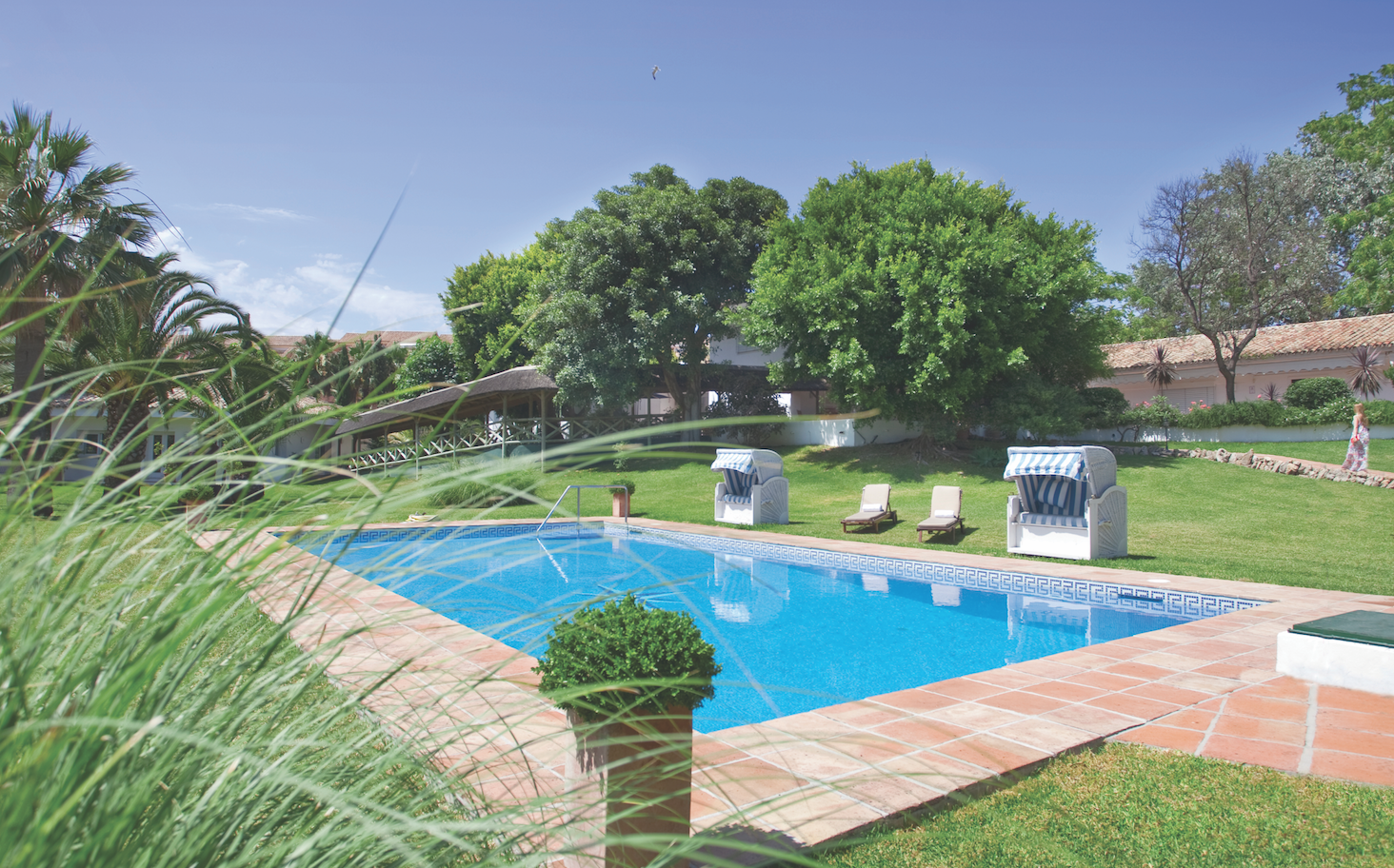28 August, 2017
ROPA Method in Marbella: FIV for married women couples

The ROPA method means a shared maternity, based on the “receipt of the couple’s eggs”.
It is one of the processes that can be chosen by couples formed by women but with one exception: it is exclusively for married gay couples.
Why choose the ROPA method?
Together with Artificial Insemination and In Vitro Fertilization it is one of the most widely used methods among female homosexual couples.
It is a very attractive method since the two women actively participate in the creation of their baby. But as we have said before, there is a limitation, because the couple that undergoes this treatment must be married by law.
How does the ROPA method work?
It is an in vitro fertilization (IVF) in which both women of the couple participate. It consists of the extraction of eggs from one of the women and the subsequent fertilization with semen (from a donor), and then implant the embryo obtained in the uterus of the other partner. Therefore, one of them will be the biological mother (contributes the ovum) and the other the gestational mother.

What are the steps in the ROPA method?
– Ovarian stimulation
The woman who gives the eggs undergoes hormonal medication to stimulate the ovaries to produce a number of mature eggs to increase the chances of success. This process lasts between 7 and 12 days, during which the woman will have periodic ultrasounds to monitor the growth of the follicles until they reach the best moment for the egg collection.
– Follicular puncture
The mature eggs are removed from the ovary through a method of aspirating the fluid from the follicles. It is called a follicular puncture and is a surgical procedure that lasts between 15-20 minutes under a mild sedation. No hospitalization required, the woman can go home the same day.
– Fertilization process of the eggs
The matured eggs are fertilized with spermatozoa from an anonymous donor (previous compatibility tests performed). Insemination can be done naturally or by the ICSI method.
–Preparation and transfer of embryos
Meanwhile the other woman, who receives the embryos, undergoes a hormonal treatment to favor the growth of the endometrium and reach a suitable thickness for embryo implantation (this preparation is different from the stimulating protocol).
Once the uterus of the woman to which the embryo is to be transferred is receptive, the best quality embryos are selected and transferred into the uterine cavity by using a catheter. It is a quick and painless process, which does not require anesthesia.
Once this method is explained there can be possible questions and doubts;
How many embryos are introduced?
To avoid the risk of multiple pregnancies in HC Fertility we do not transfer more than two embryos, even though the law allows us to transfer the maximum of three embryos. The current trend is to transfer one.
What happens to those embryos that have not been used?
Good-quality embryos left over from the cycle will be frozen for future use, in the case of a failed implantation or to have a second child.
Why do the ROPA method in Marbella?
Marbella is a city with culture, gastronomy and especially a special climate all year round, which makes this place a good place to rest and relax. This undoubtedly helps the patient deal with fertility treatments.
HC Fertility is located 200 meters from the sea in an environment surrounded by a beautiful garden, a truly special place … Where to be able to fulfill your dream! Do you need more reasons to choose us?

Do you have any doubt?
Write us through our website or Facebook of HC Fertility and we will inform you without commitment. We offer the possibility of financing your treatment.
Fertility Team
Fertility and Assisted Reproduction Center of the HC Marbella International Hospital

Back to blog
In other news

14 June, 2021
Natural cycle in Embryo Transfer
18 July, 2017
Causes of male infertility
A common scene in the majority of specialist fertility clinics… ...
[Continue reading ]


